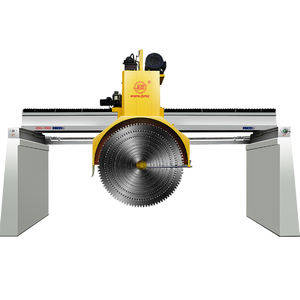The Releated Products of Cutting Porcelain Pavers With Angle Grinder
Cutting Porcelain Pavers With Angle Grinder
Cutting Porcelain Pavers With Angle Grinder: Precision and Power
When it comes to landscaping and outdoor flooring solutions, porcelain pavers have become a popular choice for their durability, aesthetic appeal, and low maintenance requirements. However, cutting these materials can pose challenges without the right tools and techniques. One versatile tool that has proven effective for this task is the angle grinder. In this article, we will explore how to cut porcelain pavers using an angle grinder, ensuring both precision and efficiency.
Selecting the Right Angle Grinder for Cutting Porcelain Pavers

Choosing the appropriate angle grinder is crucial for achieving clean cuts on porcelain pavers. Look for a model with a powerful motor, ideally between 7 to 15 amps, to handle the hardness of porcelain. Additionally, consider ergonomic features such as adjustable side handles and anti-vibration systems to enhance control and reduce operator fatigue during extended use.
Preparing Your Workspace for Cutting Porcelain Pavers With Angle Grinder
Before you begin cutting porcelain pavers with your angle grinder, ensure your workspace is set up correctly. Clear the area of any debris or obstacles, and lay down protective sheets to shield surfaces from dust and small particles. Position the paver securely on a stable workbench or sawhorse, and mark the cut lines clearly with a pencil or chalk line. Wearing safety gear, including goggles, gloves, and a dust mask, is essential to protect yourself from flying debris and dust.
Techniques for Cutting Porcelain Pavers With Angle Grinder
Cutting porcelain pavers requires a steady hand and some specific techniques to achieve smooth, precise edges. Start by selecting a diamond blade designed for cutting porcelain and other hard materials. Wet cutting is recommended to prevent overheating and prolong the life of the blade. Apply gentle pressure and maintain a consistent speed to avoid chipping or breaking the paver. For straight cuts, guide the angle grinder along a straight edge or a cutting guide to ensure accuracy.
Troubleshooting Common Issues When Cutting Porcelain Pavers
Even with proper preparation and technique, issues may arise when cutting porcelain pavers with an angle grinder. Chipping along the cut line can occur if too much pressure is applied or if the blade is not suitable for the material. Overheating can cause the paver to crack, so make sure to use a cooling system or wet cutting method. If the cut is not straight, check that your guide is firmly attached and aligned correctly.
Maintaining Your Angle Grinder for Cutting Porcelain Pavers
Proper maintenance of your angle grinder is key to its longevity and performance when cutting porcelain pavers. Regularly inspect the blade for wear and replace it as needed. Clean the tool after each use to remove any accumulated dust or debris. Lubricate moving parts according to the manufacturer’s instructions to keep them functioning smoothly. Storing the grinder in a dry place away from moisture will also help prevent rust and corrosion.

Conclusion
Using an angle grinder to cut porcelain pavers offers a convenient and efficient solution for DIY enthusiasts and professionals alike. By selecting the right tool, preparing your workspace, employing correct cutting techniques, troubleshooting common issues, and maintaining your equipment, you can achieve precise results while maximizing the lifespan of your angle grinder. Whether you’re laying a new patio or creating custom walkways, mastering the art of cutting porcelain pavers with an angle grinder will undoubtedly enhance your projects’ beauty and functionality.
Request for Quotation
报错: 未找到这个表单





